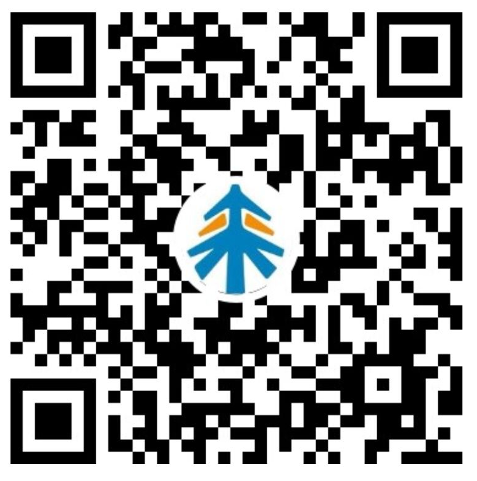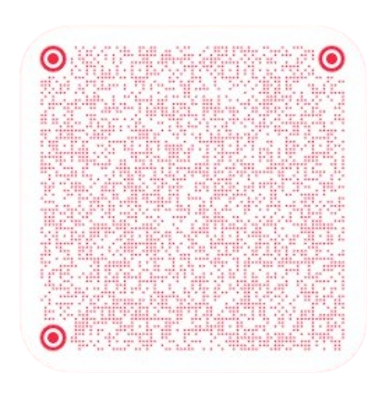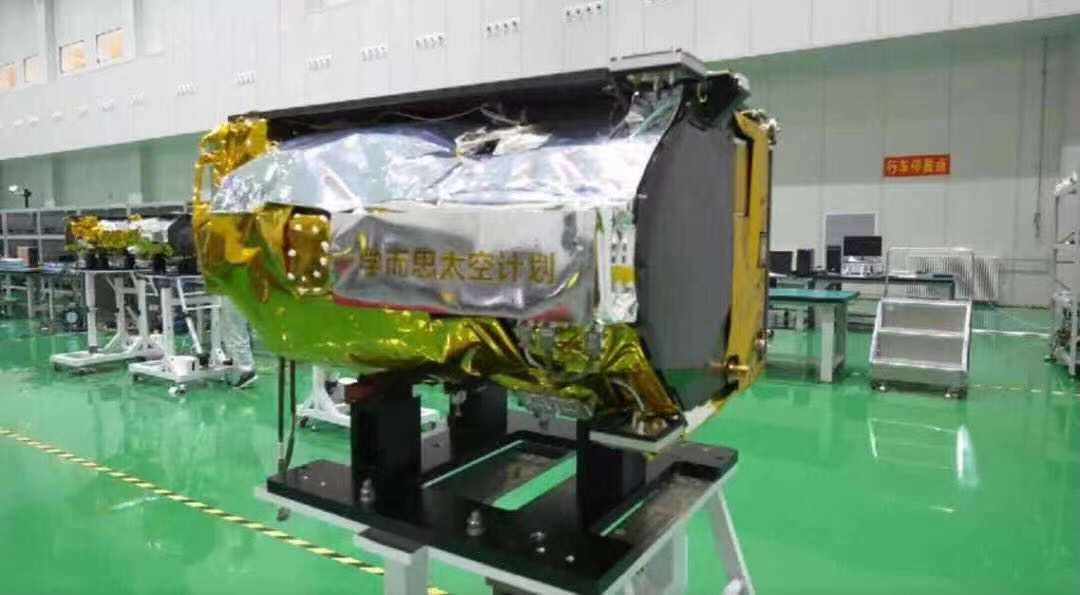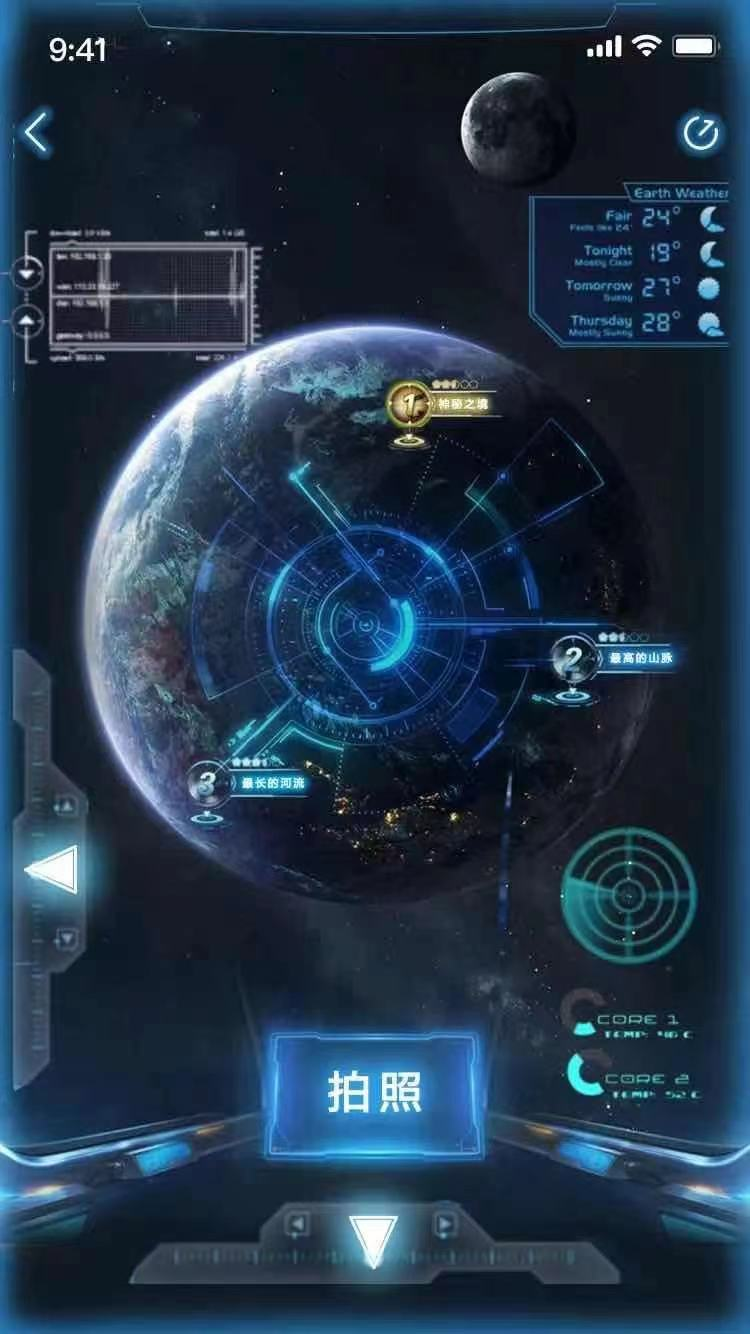




On July 3, the "Xueersi"popular science education satellite was successfully launched aboard a Long March 2D carrier rocket from the Taiyuan Satellite Launch Center.
The satellite is the first remote sensing satellite planned under the "Xueersi Space Program" jointly initiated by Xueersi , the Lunar Exploration and Space Engineering Center of China National Space Administration, and China Space Foundation. It will operate in orbit for two years, providing abundant high-definition images and remote sensing data for young people nationwide to engage in various scientific learning activities such as satellite orbit design and controlling satellites to capture images of Earth. This aims to inspire children's interest in aerospace science, ignite their dreams of exploring the cosmos, and pioneer new pathways in aerospace-themed quality education.

"Xueersi" Science Popularization and Learning Satellite
According to reports, the "Xueersi" Popular Science Education Satellite is a lightweight and compact high-resolution remote sensing satellite. Operating in a near-Earth orbit at an altitude of 500 kilometers, it can capture global surface imagery including polar glaciers, rivers, farmlands, and urban areas, while enabling repeated and continuous observation. These vivid and dynamic images help materialize textbook knowledge, making complex concepts more accessible for children to absorb. Furthermore, they guide young learners toward autonomous exploration and interdisciplinary research projects, such as investigating the impact of global warming on geographical changes, observing regional crop distribution patterns, and comparing urban planning strategies across different global cities.
To enable children to grasp the opportunity of the "Xueersi" popular science education satellite's launch and understand the natural science principles behind satellites, TAL Education Group's subsidiary Xueersi has specially developed supporting learning tools including a satellite orbit simulation learning system and satellite control tools. Children can fully unleash their creativity by applying multidisciplinary knowledge of physics, mathematics, programming and other subjects to design their own satellite orbits, as well as simulate controlling the "Xueersi" satellite to photograph Earth via the Xueersi Online School app.
In scenario-based hands-on practice, children are more likely to transform from "passive learning" to "active learning", not only enhancing their practical skills and thinking abilities, but also significantly increasing their mastery and thirst for related scientific knowledge.

Simulation diagram of satellite control tool created by Xueersi
Over the next year, the "Xueersi" popular science education satellite will expand its functionalities and learning scenarios, extending children's classrooms from Earth and near-Earth orbit to the distant outer space. The "Xueersi Space Program" will continue to promote aerospace science enlightenment among Chinese youth nationwide, building a comprehensive aerospace-themed scientific literacy cultivation system. This system encompasses satellite-based science education platforms, aerospace literacy courses, popular science content, educational activities, and online learning environments. Through these initiatives, children will participate in satellite conceptualization and cosmic exploration, fostering their imagination, creativity, and hands-on capabilities through interactive science learning.
It is reported that based on the original intention of education and adherence to long-term and fundamental principles, the solid and full support for comprehensive literacy improvement and the promotion of inclusive education for young people is the goal and principle of Xueersi in promoting the "Space Plan". In the future, Xueersi will continue to uphold the spirit of "making a little progress day by day", providing solid and sufficient support for children's dream journey in scientific literacy.